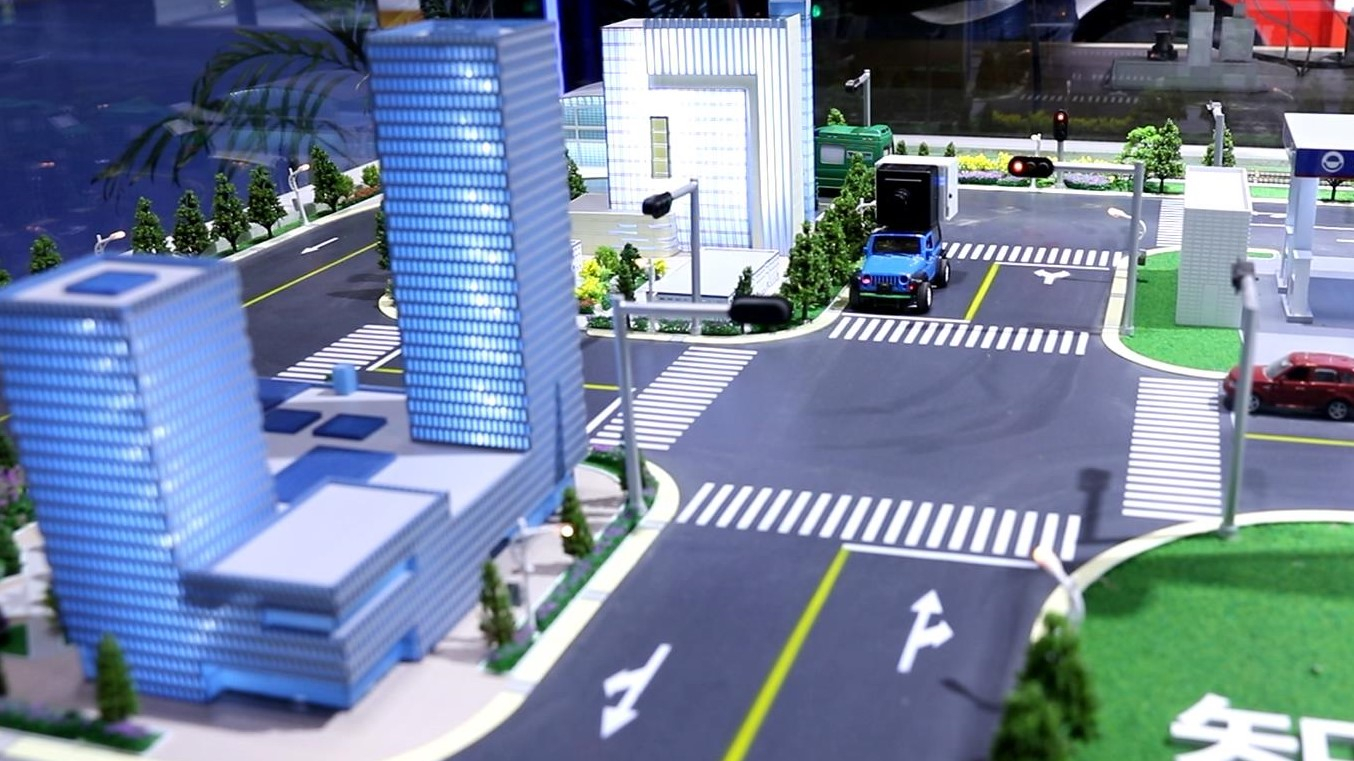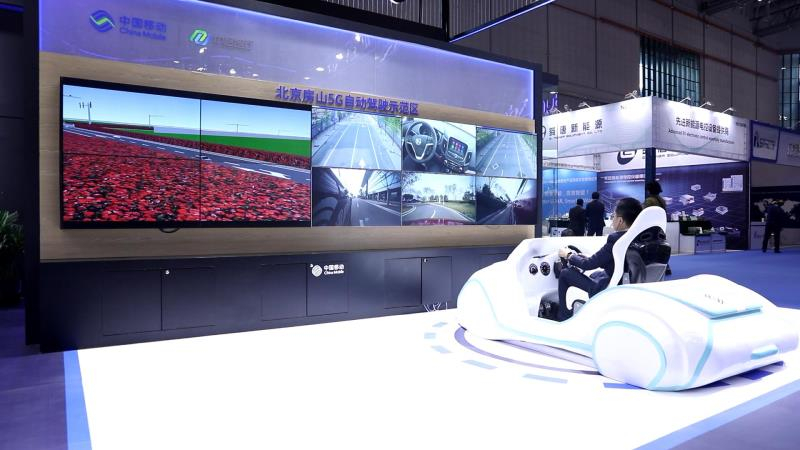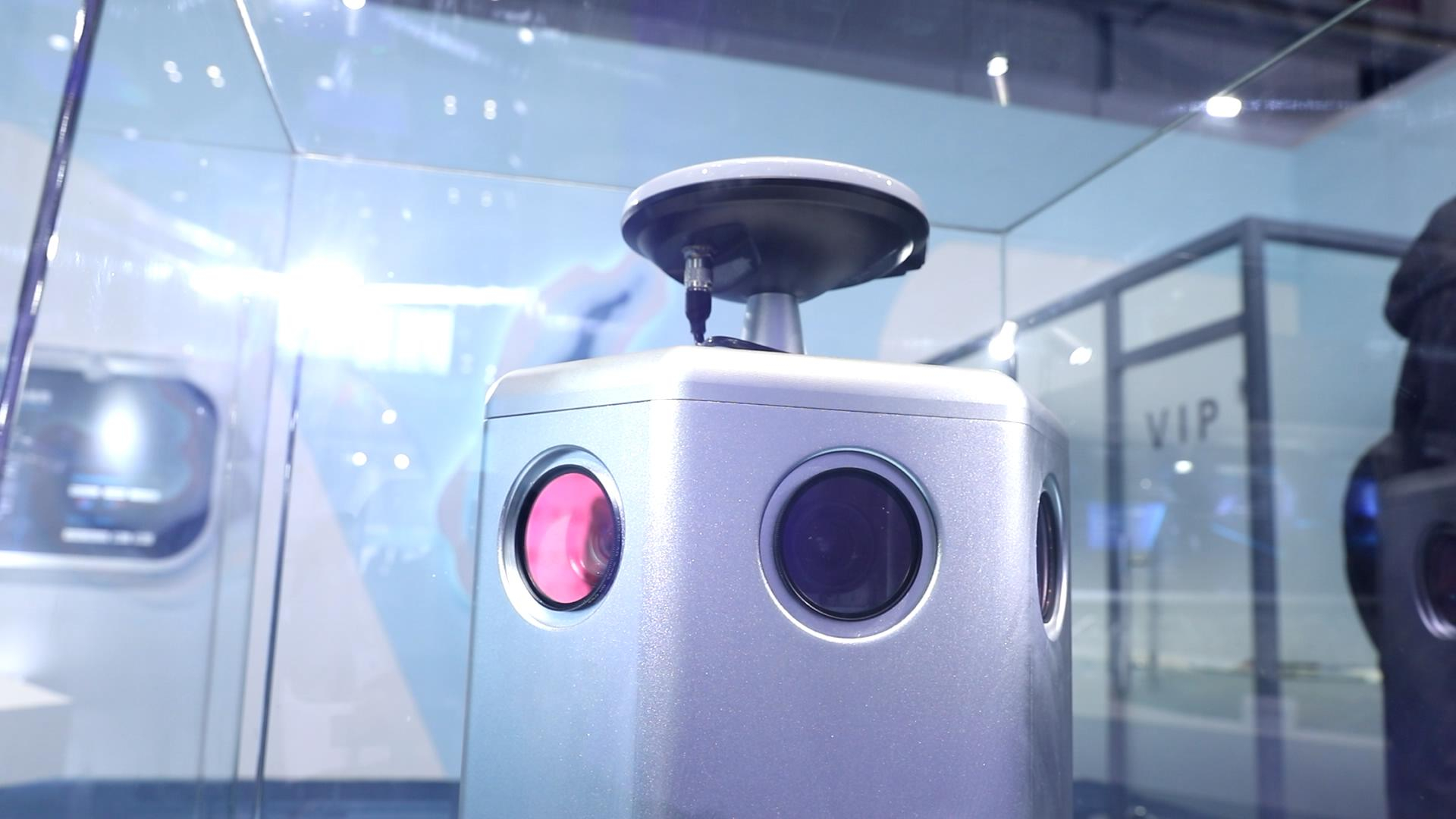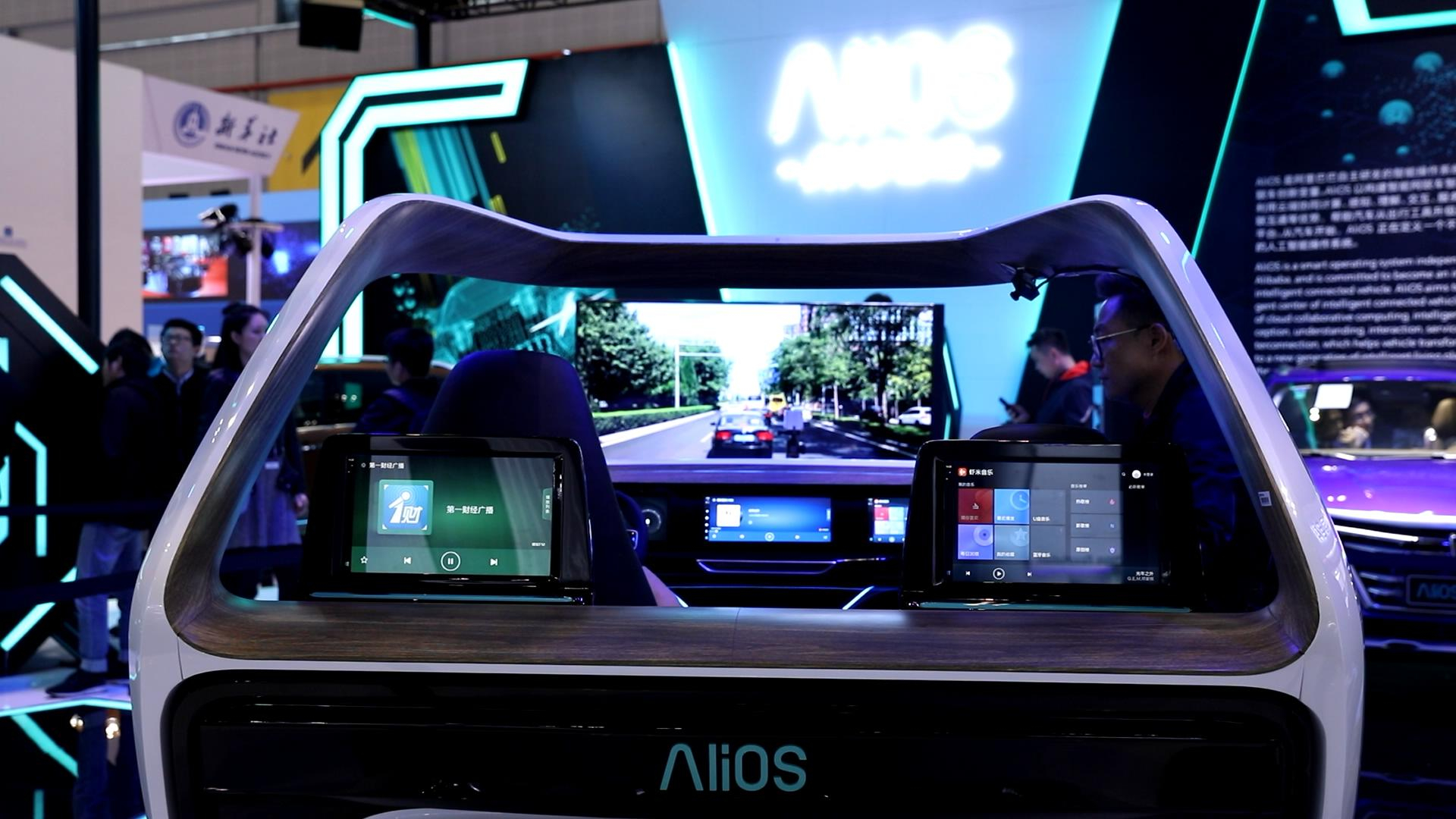
Technology
16:53, 17-Apr-2019
Shanghai auto show: What future mobility will be
Updated
07:56, 18-Apr-2019
By Guo Meiping

Smart mobility is the future for drivers, but what will it look like?
The 18th Shanghai International Automobile Industry Exhibition is opening from April 18 to 25, showcasing the latest models from car manufacturers and futuristic automobile technology.
The exhibition opened two days early for the media, offering a glimpse of what future mobility might look like.
Remote driving under 5G network
01:31

China has been vamping up efforts in 5G development.
China Mobile, one of the country's largest mobile operators, set up a site in 2018 using a 10-kilometer stretch of road in Beijing's Fangshan District, outfitting the area with 5G cell towers and sensors to test wireless communications between self-driving cars and their surroundings.
One of the test projects, remote driving, is demonstrated at the auto show.
By operating a cockpit in the venue in Shanghai, staff can control the autonomous car tested on the roads in Fangshan.
The control information is transmitted through the 5G network to the car, and the camera on the car is also transmitting real-time video back to the screen in the venue using 5G.
"Remote driving is an important part of V2X (vehicle-to-everything) technology," a staff member told CGTN.
"It can be used for automatic parking, the 'last mile' part of returning a rental car, and rescue and relief work," she said.
Better 'eyes' for autonomous vehicles
01:49

High-precision map is an essential infrastructure for autonomous driving. Compared to normal maps, high-precision maps can provide more details of the roads such as lines and arrows on lanes, and road signs.
With the help of high-precision maps, autonomous vehicles can understand the roads better and drive safer.
A model of a complicated highway interchange near the venue in Shanghai is placed at the booth of KuanDeng Technology, a comprehensive solution service provider of high-precision maps in China.
The model was 3D printed based on the company's high-precision map, which was calculated by its AI technology.
"If you want to do it by human… (it takes) at least a week to do this," said Liu Jun, founder and CEO of KuanDeng Technology, adding that they can produce the entire interchange in a few minutes by using a large cluster of computers.

Currently, the company relies on self-developed equipment, which consists of multiple cameras and GPS system, for collecting map data. /CGTN Photo
Currently, the company relies on self-developed equipment, which consists of multiple cameras and GPS system, for collecting map data. /CGTN Photo
Currently, the company relies on self-developed equipment, which consists of multiple cameras and GPS system, for collecting map data.
"In the long run, we will rely on cameras on board the autonomous driving vehicles to collect the map data for us, so that we can produce the map by crowdsourcing," Liu told CGTN.
"The reason we choose the image-based system is because it is more crowdsourcing friendly," he added
According to the CEO, the company has covered several countries in Asia, and plans to provide global services in the future.
New ways to interact with cars
01:25

A difficulty for drivers nowadays is selecting songs and adjusting the air conditioner using their hands while driving.
New ways to interact with vehicles are demonstrated by AliOS, Linux distribution developed by Alibaba Cloud, a subsidiary of Chinese tech giant Alibaba, at this year's Shanghai auto show.
One of the features of the system, which is designed for in-car environment, is a new way of human-car interaction.
Through facial recognition, cars with AliOS can identify the drivers and adjust the seating position, map, air conditioner and other preferences for them.
Drivers can set up navigation systems by sliding their hands. Voice recognition is also used as a way to make commands to the car.
The system requires multiple screens to replace the instrument board. Staff there told CGTN that they have been cooperating with car manufacturers to carry the system.

SITEMAP
Copyright © 2018 CGTN. Beijing ICP prepared NO.16065310-3
Copyright © 2018 CGTN. Beijing ICP prepared NO.16065310-3